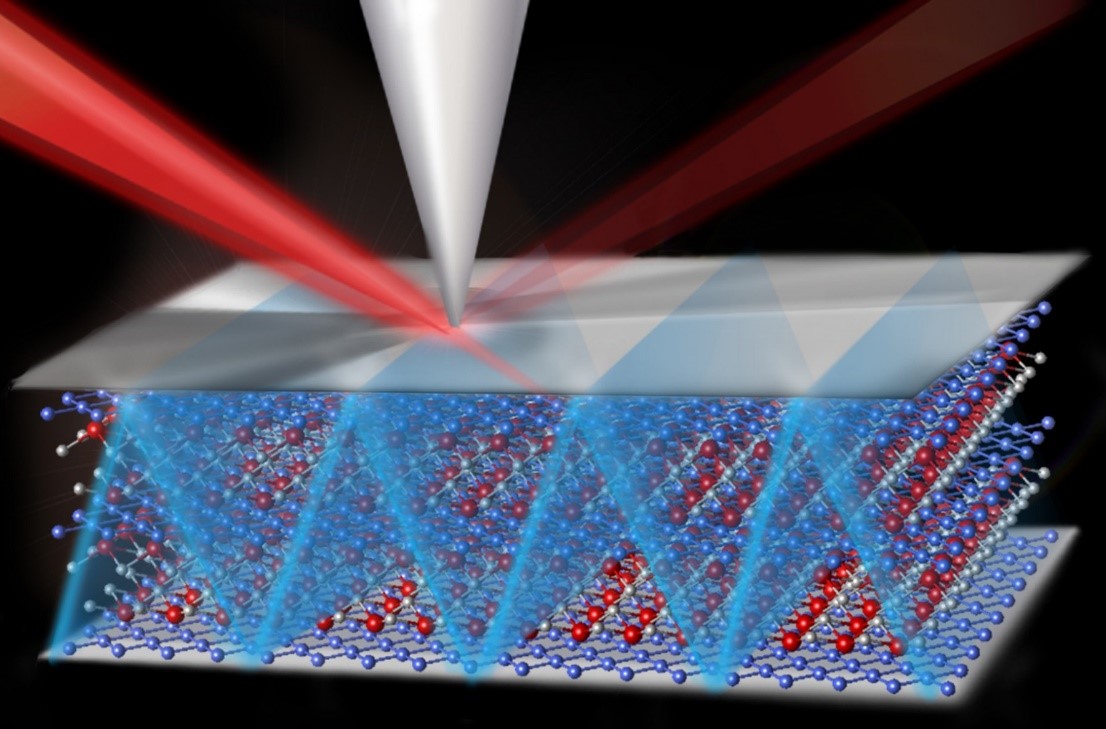
What If Metals Could Conduct Light?
In the unusual world of quantum materials, metals can guide light in their interiors instead of merely reflecting it.

In the unusual world of quantum materials, metals can guide light in their interiors instead of merely reflecting it.
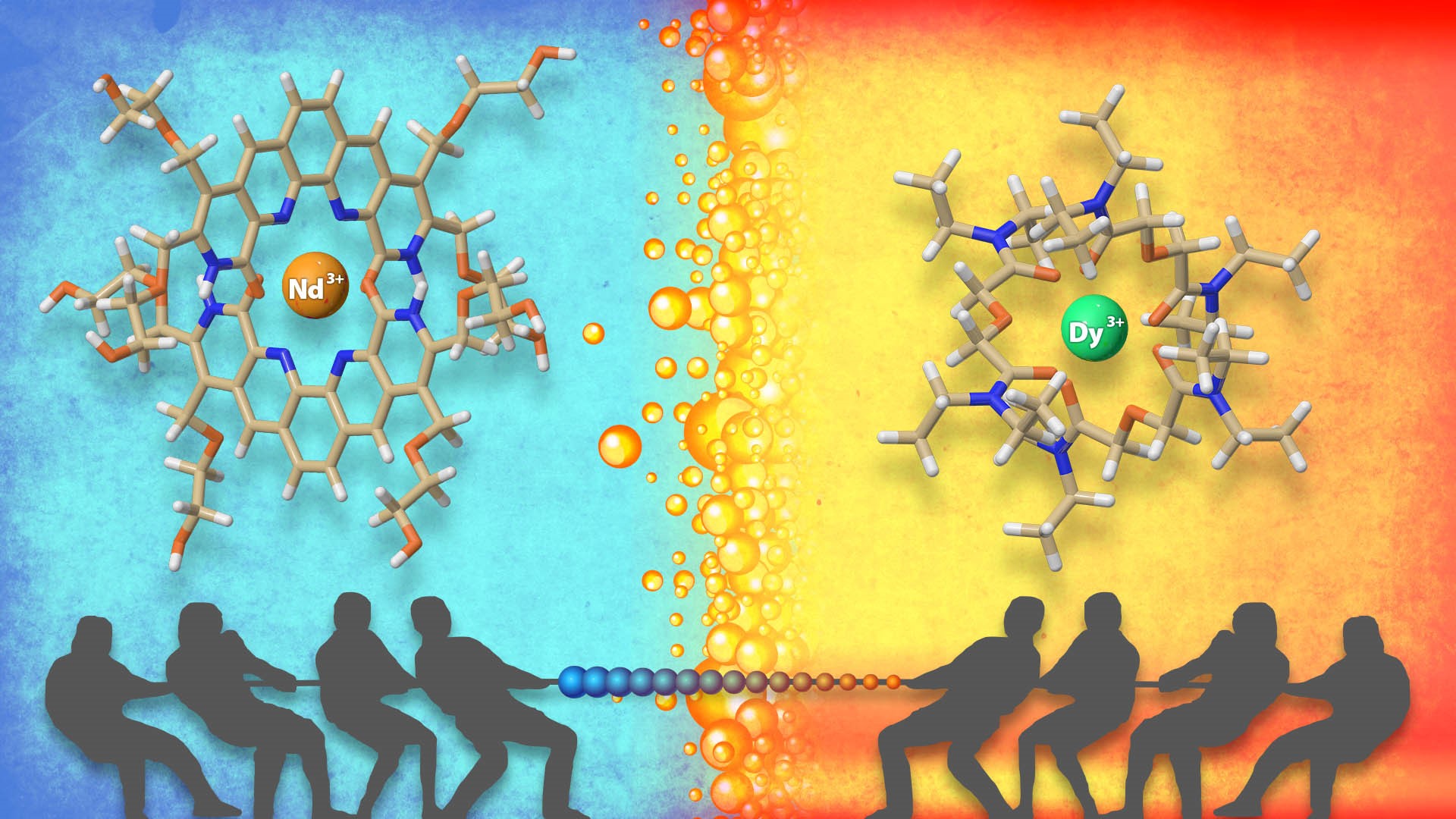
Opposing teams of water-loving and oil-loving molecules separate metals called lanthanides that are important in developing clean energy technologies.
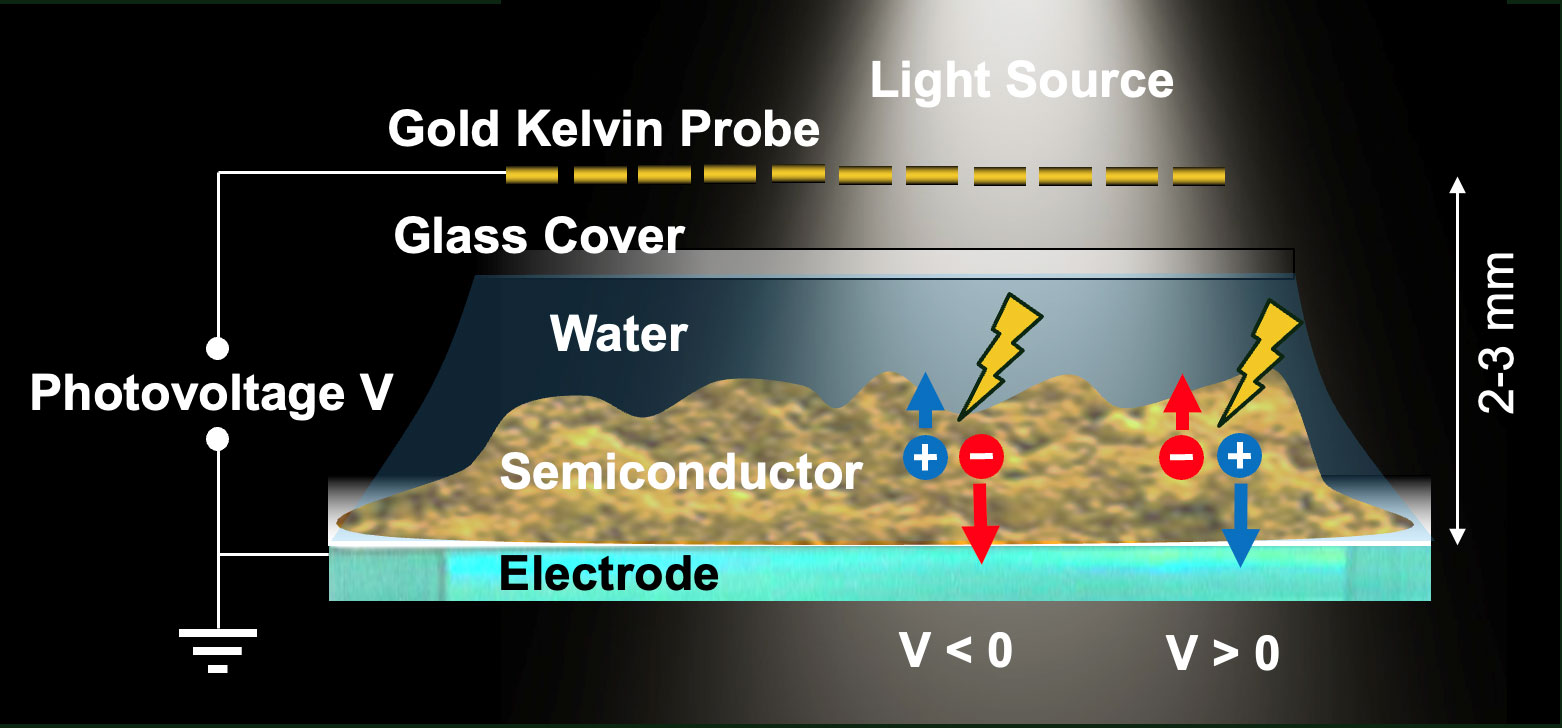
A new experiment determines the energy available to drive chemical reactions at the interface between an illuminated semiconductor and a liquid solution.
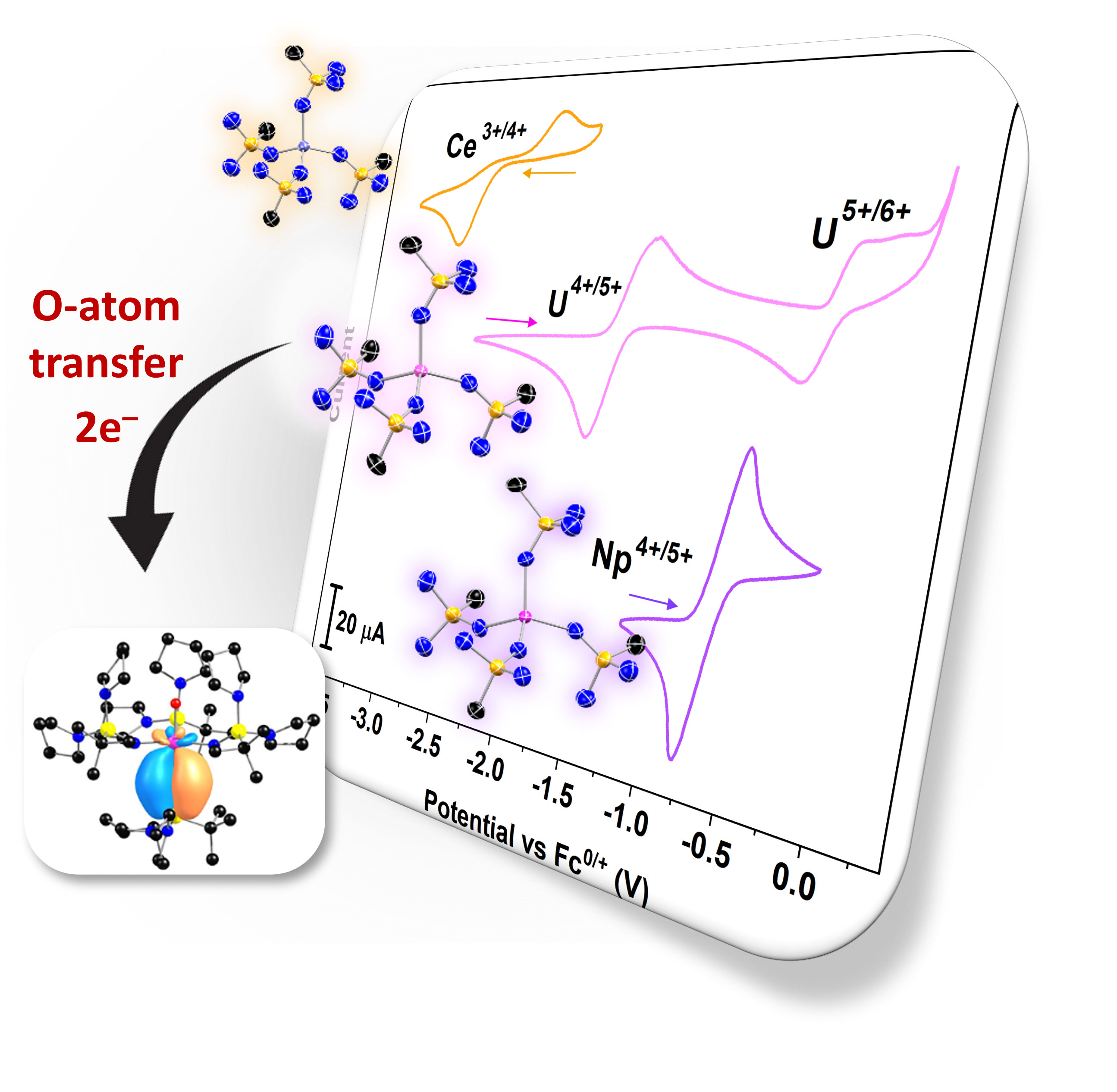
Ligand design and electrochemical studies pave a new path toward stable high-valent mid-actinide complexes.
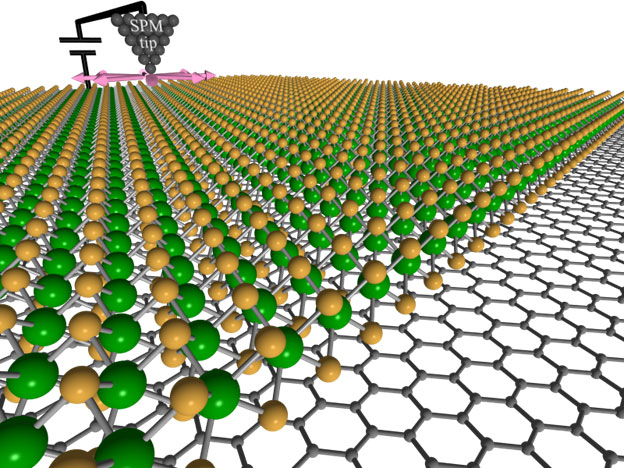
Machine learning and artificial intelligence accelerate nanomaterials investigations.
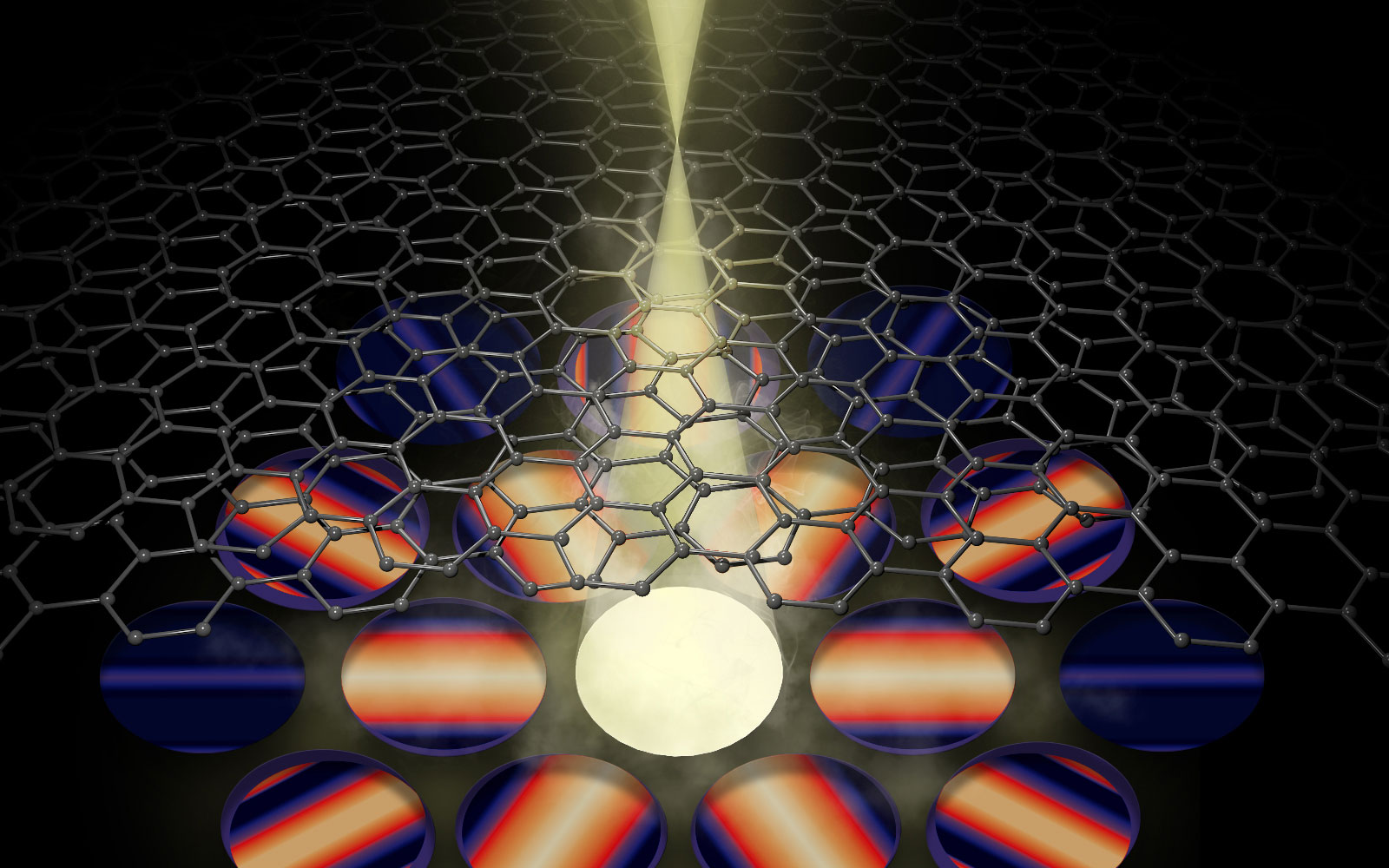
A new microscopy technique measures atomic-level distortions, twist angles, and interlayer spacing in graphene.
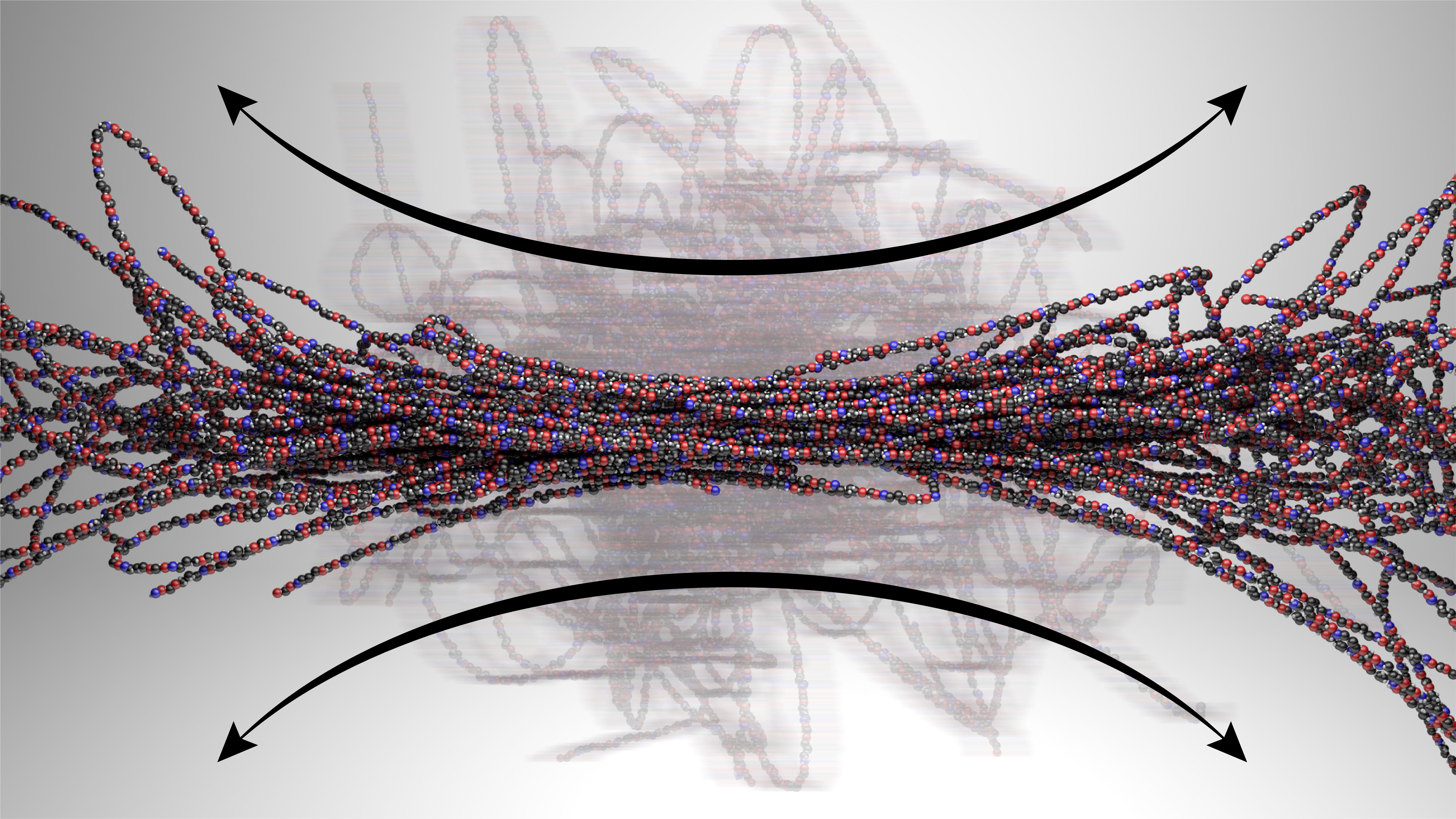
New computational methods “fingerprint” polymer motions under flow.
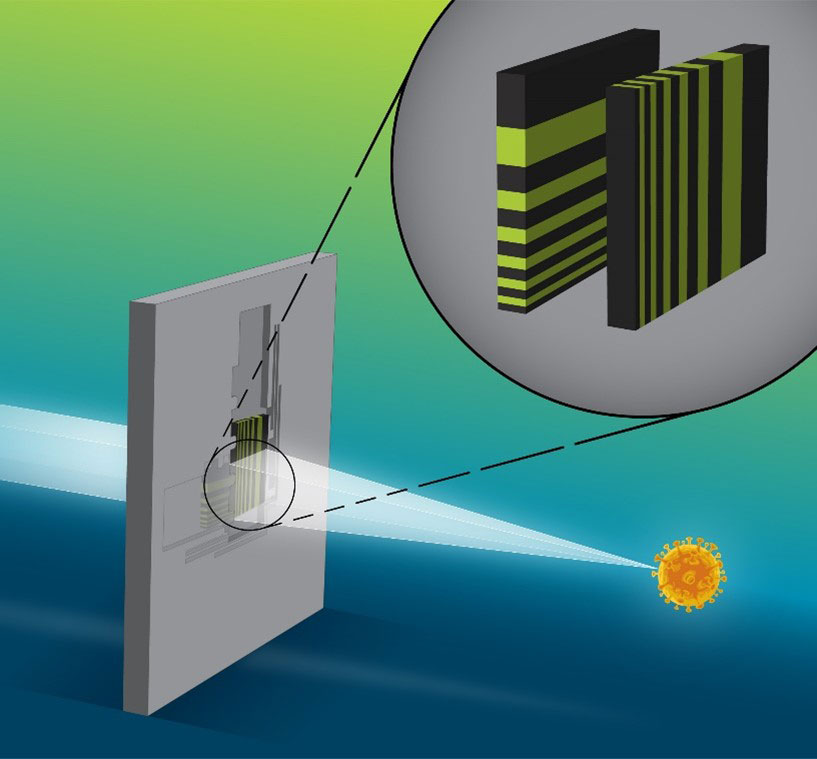
This new Laue lens system received a 2022 Microscopy Today Innovation Award.
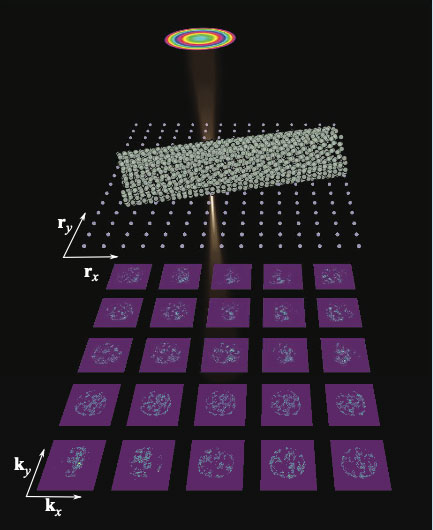
New algorithms allow real-time interactive data processing at 10X previous rates for electron microscopy data.
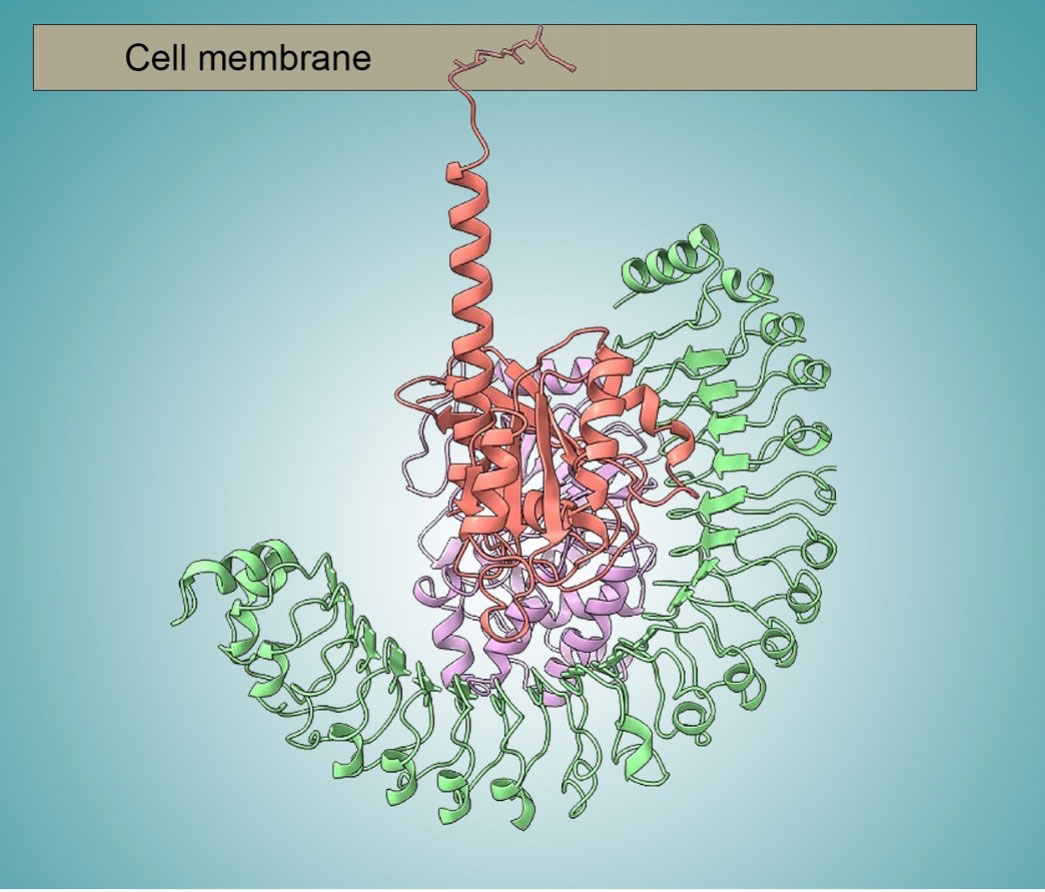
Three proteins work together to transmit signals for cell division, revealing new targets for cancer-fighting drugs.
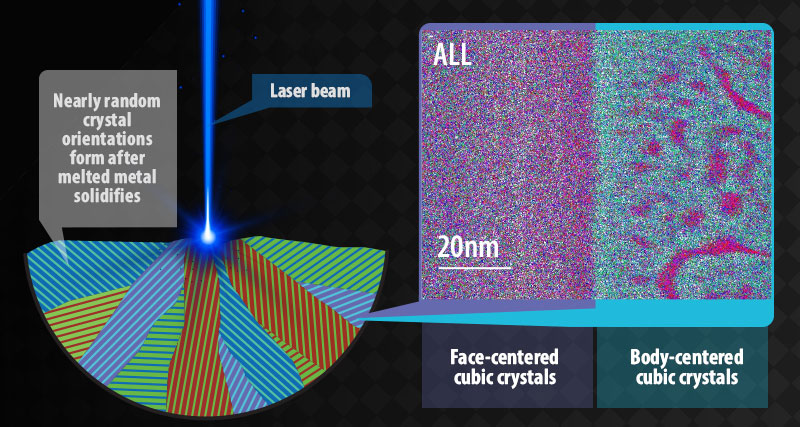
Laser-based additive manufacturing produces high-entropy alloys that are stronger and less likely to fracture.
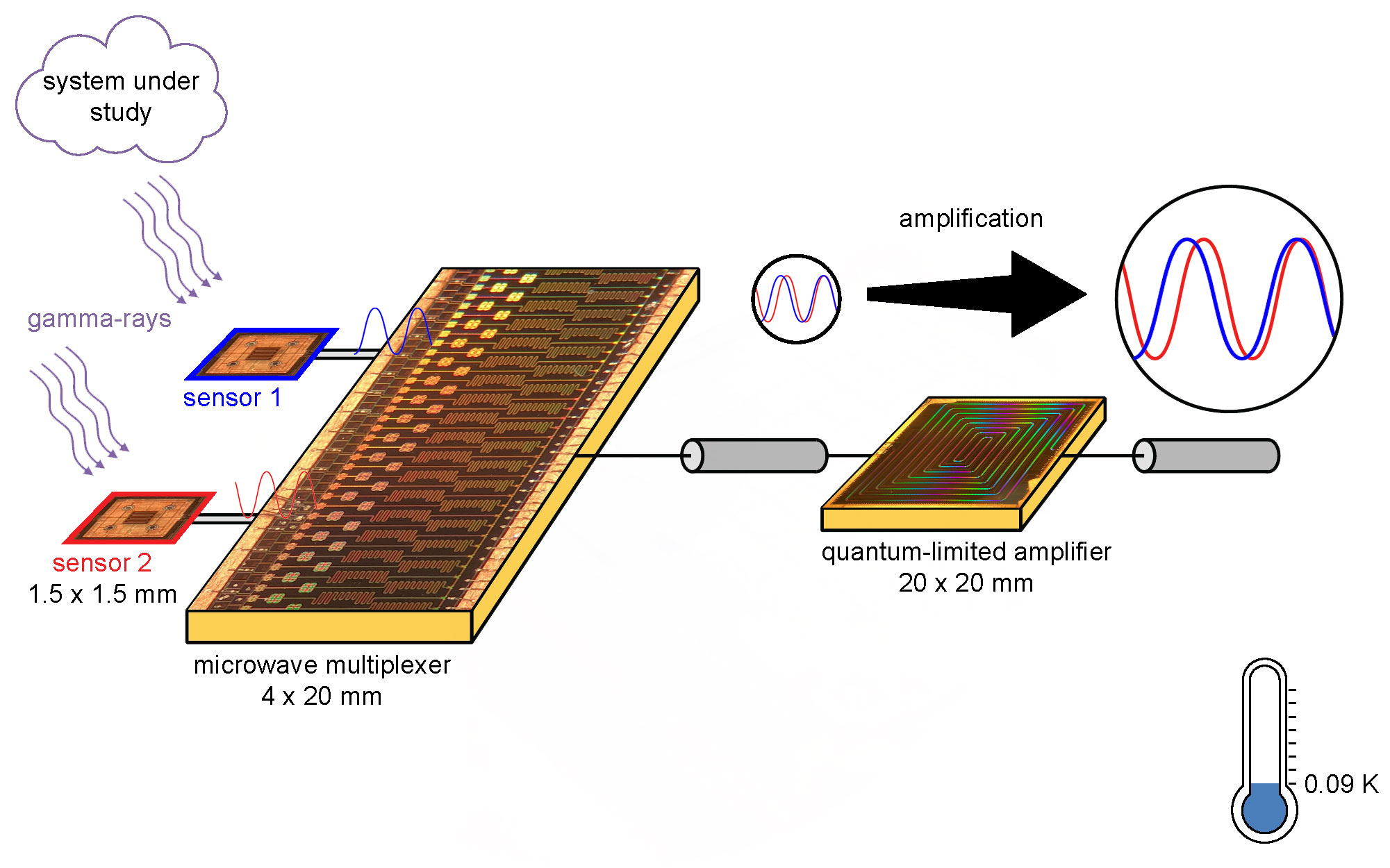
New tools borrowed from quantum computing will improve the detection of X-rays and gamma-rays.